We've got 50 of them coming in — children, that is, not animals, and hopefully we'll be able to tell the difference relatively easily :-)
The scheme is an opportunity for girls and boys who have an interest in computing to get a feel for subjects ranging from computer games and graphics to programming hardware, from large scale everyday uses in mobile apps and social media to highly specialised applications from small research teams. As part of the scheme everyone gets a Raspberry Pi to take home, and we're throwing in a few bits and pieces of electronics to get the experimenter ball rolling.
One of the beauties of the Pi is how easy it is to connect up a few cheap components and jump straight into the realm of physical computing. Using a couple of Raspberry Pi recipe cards from OCR we'll do two taster projects:
- traffic lights: cycling red, amber and green LEDs
- jelly baby siren: turning a squidgy sweet into a siren switch
Any student caught eating their jelly baby before wiring it up to the Pi will be made to stay behind and clean out the stables.
And no elephants on site. At all. Or I'm going home.
Postscript
The day went well :-)
Alan Mycroft from the Raspberry Pi foundation gave a lively talk introducing fundamentals of computing and helped out with our lab sessions. (And ate several jelly babies, though none of the ones with paper clips stuffed in them, luckily.) All the materials are available in our Pi-Tronics repository but they definitely need some revision — the authors learned more than the students from the day!
Plugging jumpers onto GPIO pins can be tricky:
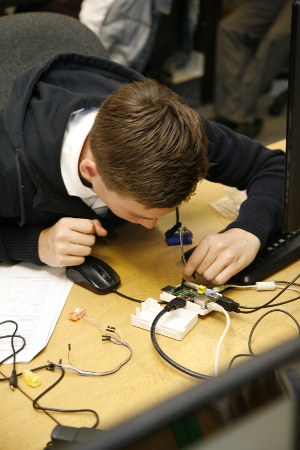
Here's one of the authors demonstrating the art of squeezing a jelly baby:

And a student setting up her police siren sound file:
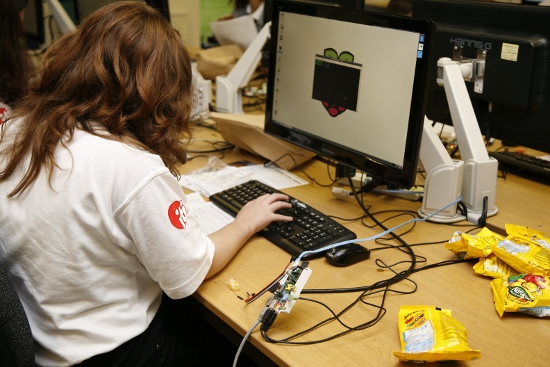
Here's Stuart Wrigley demonstrating his Pi-in-a-quadcopter system for sensing river water levels during flood events:
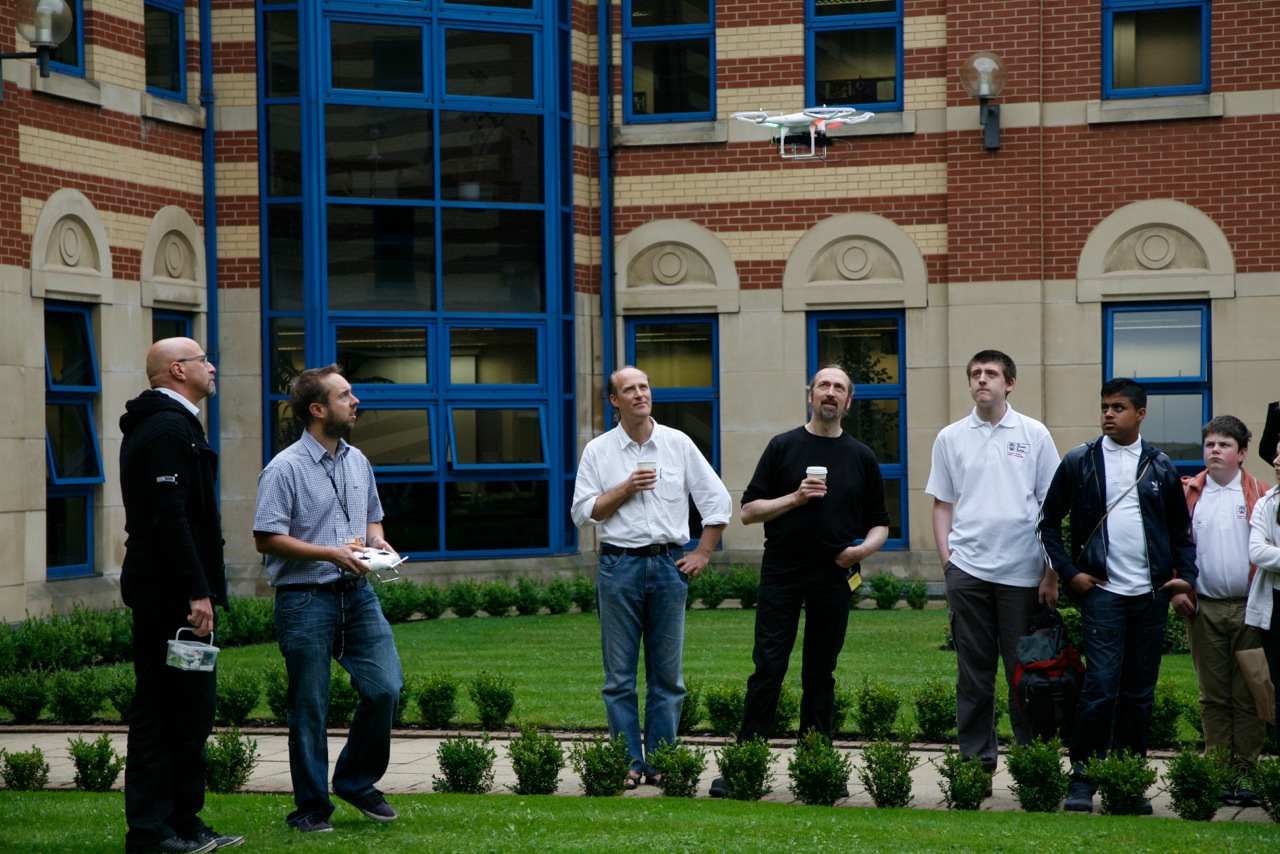
(Spot the authors looking gormless!)
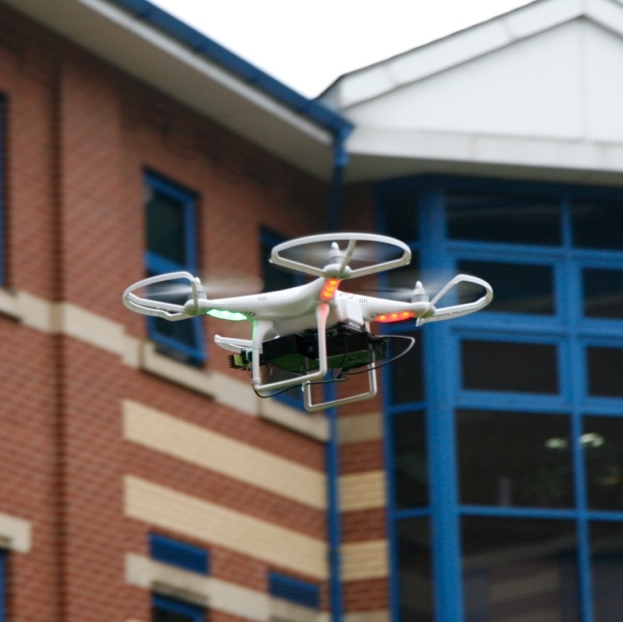
Now everyone wants a quadcopter :-)
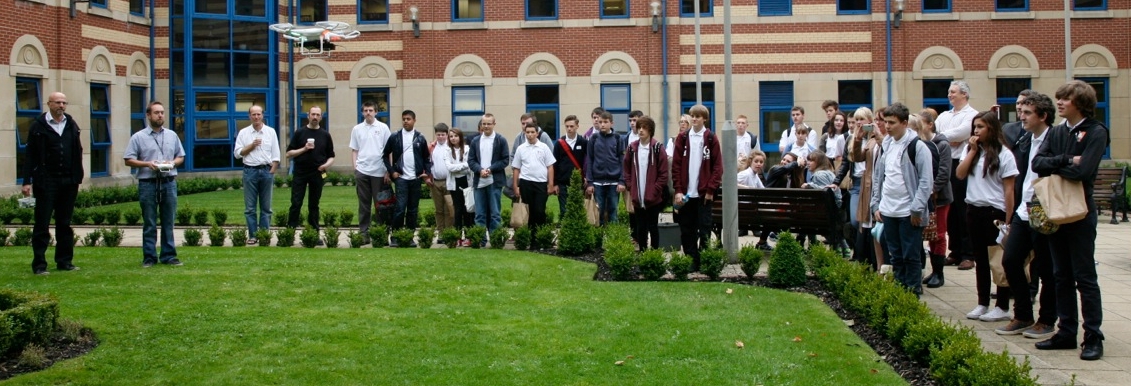
Hamish's spiel:
Hands up who's been to IKEA?And when you got home you put the stuff together yourselves, right?
My grandad was a carpenter, and when he was your age No One built their own wardrobe — they got a skilled guy like him to build it for them.
Well now, in your time, we're seeing the same process with computers. For your generation, you can pick up a few bits and pieces and put them together yourselves.
But now it's even better, because computers can be programmed, so after you put them together you can get them to do all sorts of new and wierd and wonderful stuff...
That's the future, and it's yours more than it is mine — and I envy you!
Let's put a bit of that future on the tables in front of you... let's plug in those computers that you have in your bags and put them together with some bits and pieces of electronics and program them to do something, and see where it takes us...